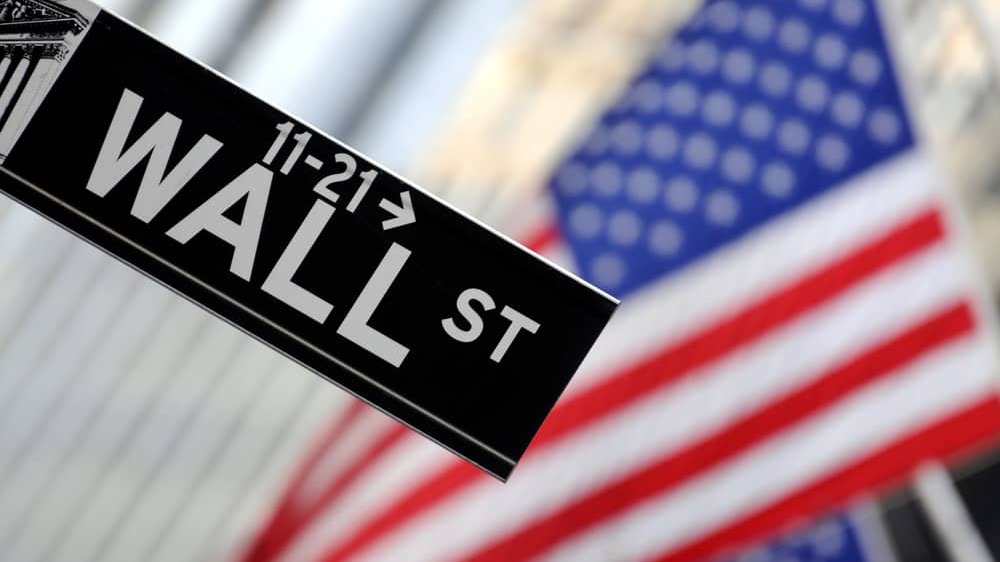Outflows across popular US recovery plays show ETF investors are wary about how long lofty valuations and bullish earnings predictions can prevail.
According to data from Ultumus, the iShares Edge MSCI USA Value Factor UCITS ETF (IUVF) led the exodus by shedding $232m assets in the week to 20 August while the Xtrackers S&P 500 Equal Weight UCITS ETF (XDWE) saw $129m outflows over the same period.
Both IUVF and XDWE outperformed the vanilla S&P 500 index in the first six months of the year. As the relaxation of restrictions helped industrial, commercial and financial activity to pick up, this benefitted cyclical stocks that are overweight in these ETFs – and their success in H1 was typical of an economic recovery.
Also seeing outflows were inflation-sensitive plays such as the iShares $ TIPS UCITS ETF (ITPG) and the Amundi Index FTSE EPRA NAREIT Global UCITS ETF (EPRA), which dropped $145m and $93m, respectively.
ITPG’s function is to offer investors inflation protection on their US Treasury bond exposure, while EPRA and its 57% US exposure have benefitted from the rapid uptick in property prices, especially as investors have looked to REIT baskets to outpace the returns-diminishing impact of inflation.
Outflows from these ETFs in the same week do not paint a positive picture of investor confidence in the US recovery.
On the one hand, it shows many are less confident in backing broad baskets of the cyclical stocks which have powered the recovery to date. On the other hand, investors departing inflation-shielding positions shows some doubt over the inflation narrative which was so predominant at the start of the year – and one which was partially based on wariness about the price of goods and materials as economic activity picked up.
Offering support for this lack of confidence was a considerable shift to exposures less correlated with equities. This was seen with the Invesco Physical Gold ETC (SGLD) collecting $374m new assets last week while the WisdomTree Bitcoin ETP (BTCW) added $254m.
Rather than being a light spook, this waning US recovery sentiment is based in several, tangible warning lights.
First, CFOs and corporate insiders are now selling more shares than they are buying for the first time in a decade, with the insider buy/sell ratio down to 6.5%, its lowest level in a decade, while S&P 500 companies purchased $587bn over the past four quarters, down 26% on the same period pre-pandemic.
This goes against conventional wisdom given 86% of S&P 500 companies beat their earnings per share (EPS) expectations and the impact of this is normally an increase in share buybacks.
A second danger sign is the current level of the stock market capitalisation versus nominal GDP ratio.
According to emerging markets investment specialists, Ashmore, the ratio of the Wilshire 5,000 index of all listed US companies to US GDP currently stands at 235%, its highest level in 50 years, and over twice the level of the high points seen prior to the crashes in 2000 and 2007.
In other words, the firm said, market participants are trading US equities close two two-and-a-half times the size of the US economy – a potential sign of over-financialisation.
Other headwinds for the US economy include the spread of the COVID-19 delta variant, dependence on FANMAG members which are vulnerable to missing earnings expectations, the continued fraught relationship with China and even seasonally poor performance in September and October.
While these ETF flows should remind investors to temper their feverish optimism, it is hard to avoid the fact the S&P 500 index has doubled in value since March 2020 and increased fivefold since mid-2009.
There is surely some kernel of truth, however, in the concept of mean reversion. Given the US large-cap index saw two downturns over 40% in the noughties and no such regressions in the last decade, how long will it be until investors stop seeing US equity dips as anything other than buying opportunities?






